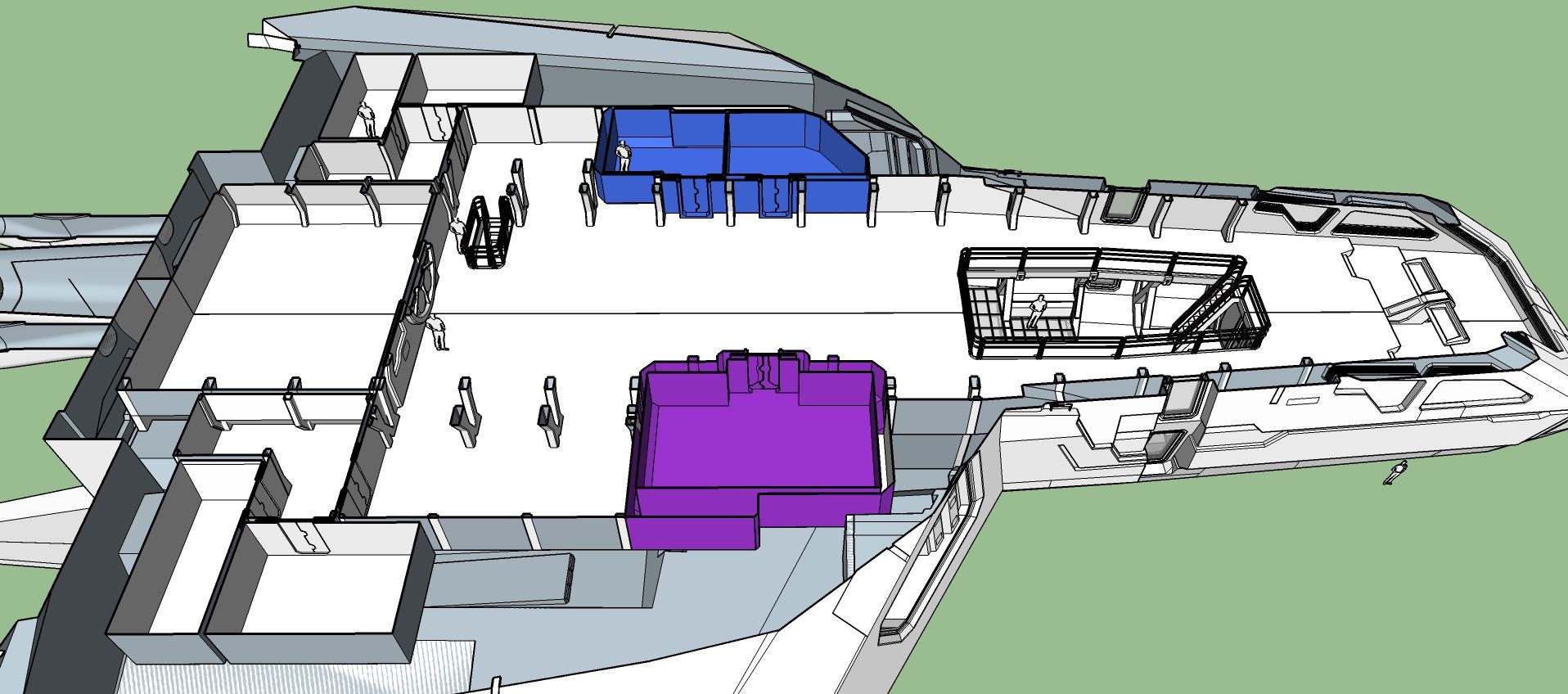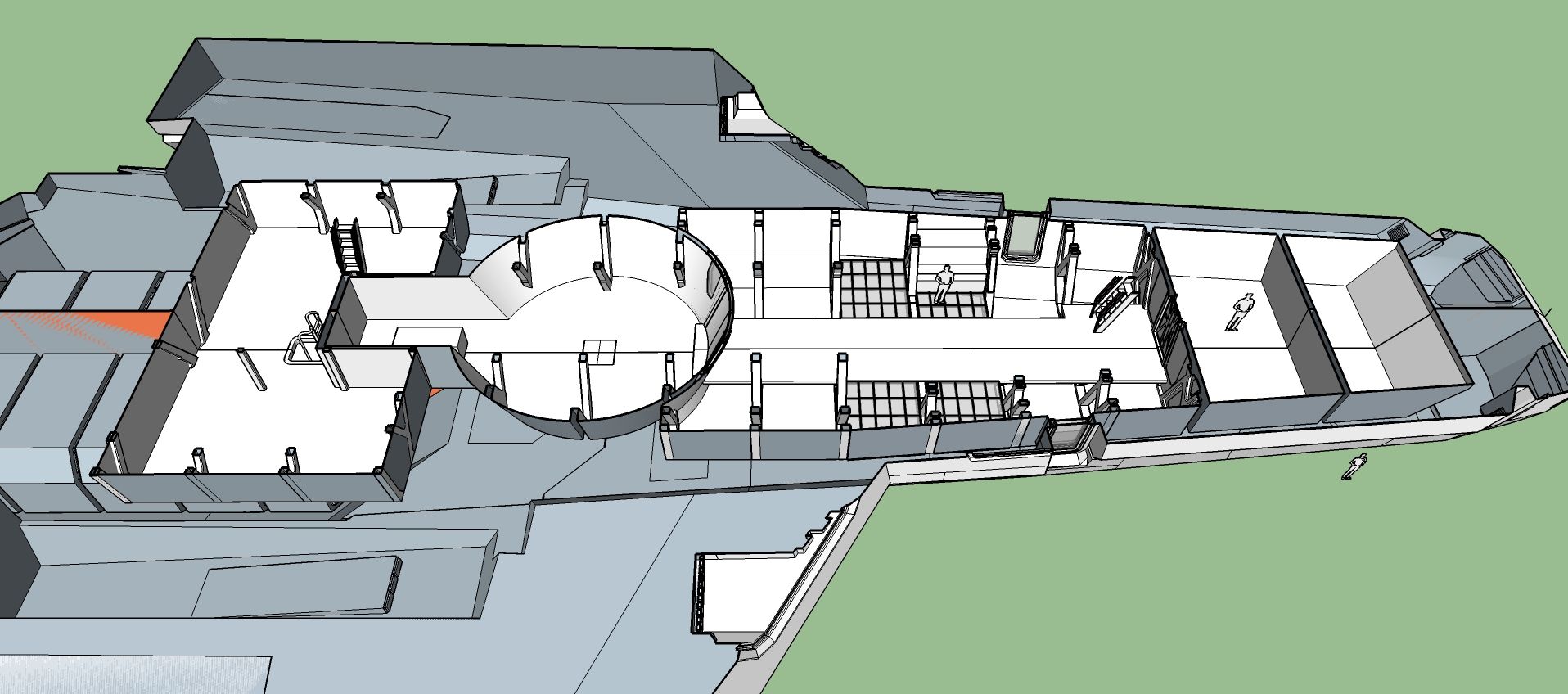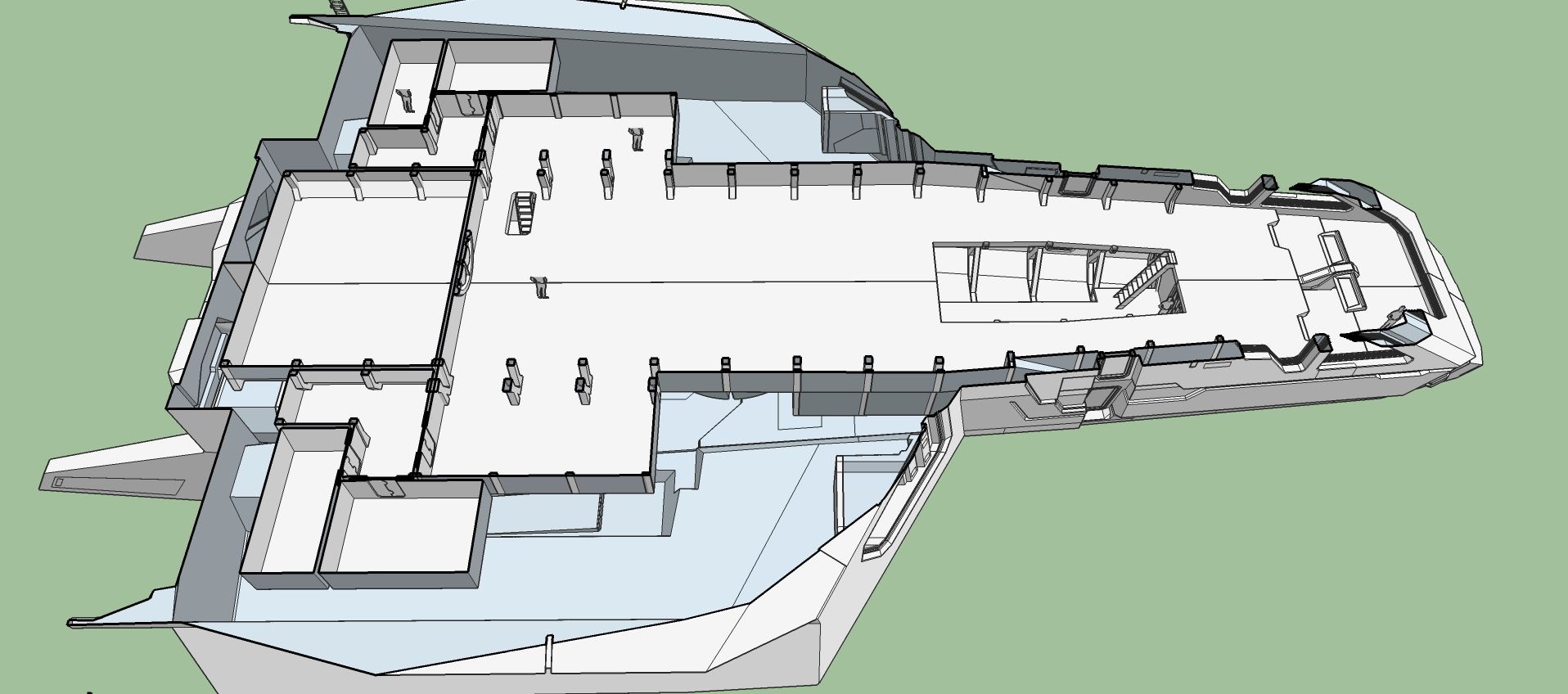Good day and good luck voting.
Continuing to work more detail into the interior; struts, lights, hand rails and stairs and after some changes to the hull profile, have some cross sections to share. If I've guessed correctly with the size, proportions and scale, the ship is 165 ft. long; from the nose to the rear of the main hull where the cargo bay doors are.
Shown here with the left side:
and here with the right side:
I spaced the main interior frames at 99.65 inches center to center; now is that what they would be in real life, I don't know. But after playing around with field of view and camera position, I get really close to the view shown in two screen captures from the show.
First viewpoint, looking back at Sick Bay after the ship crashed; in model.
and on screen:
I'm close.
And now this shot, in model:
and on screen:
I'm happy indeed!
So now with the added detail, here is the main deck:
And the lower deck:
Now the show implies that Rios modified his ship by adding the holodeck and extra cabins. I pictured them as preassembled modules installed into a modified ship's structure. So then I came up with what I thought a "stock" K17 could look like:
Crew cabins at the rear of the ship with the main deck opening up on both sides. The lower deck would be the same.
In a stock ship, the sick bay is an isolated hazardous cargo area with its own environment and atmosphere systems. The forward cabin can be configured for storage, crew or paying passengers depending on the needs of the captain, owner or client. Ahead of that would be the equipment bay for the ship's phasers and sensors.
Here is what I wrote up:
The K17 is an example of a “General Services” class ship; one of innumerable small to small-medium size ships used to fill the limitless demands of commercial trade and private commerce throughout the Federation. The primary advantage of the K17 and its sister classes is their speed and the ease with which they can be modified and reconfigured to meet the demands of the individual consignment courier as well as the independent contractor/owner.
The standard layout has four crew cabins at the rear of the ship with a larger fifth cabin located forward under the bridge. This cabin can be configured for multiple uses, including additional crew accommodations, secure storage or paying passengers.
Unique to the K17 class is an integrated Laboratory/Research hold built into the lower deck. Isolated from the rest of the ship with independent environmental and atmospheric systems, the K17 can carry biological, radiological and environmental cargos that are classified under Federation Commerce Regulations as hazardous materials.
The advantage this gives the K17 over other ships in its class is that, with the installation of an AI Expert Holo-matrix, the hold can be configured into a dedicated medical sick bay or research laboratory. This allows the K17 to serve the larger scientific and exploration market as well.
The data and computer architecture of the K17 has the capacity to integrate up to four Expert AI matrices, operating cooperatively with each other as required. As is standard with Expert Holo-matrices, they can be given separate personalities and identities but it’s not uncommon to find the same identity used for all systems, with minor variations made to the individual personality blocks.
All cargo is handled by a multifocal variable aperture transporter system that allows for cargo and personal transport. The open main deck provides for a larger cargo volume compared to similar ships in her class while a separate rear access cargo bay allows for the transport of larger material pallets and containers that do not fit the transporter system or that are deemed “non-transporter compatible” by the captain or client.
The K17 is powered by a six manifold M/AM reactor core feeding two narrow profile warp nacelles. The five impulse/sub light thruster systems; three primary thrusters for in system travel and two secondary thrusters for maneuvering and position adjustment are considered overpowered by standard design criteria, but by using this configuration, the K17 maintains a consistent flight profile under differing planetary gravity conditions. A pair of Flight Attitude Control systems in the outrigger pods gives the K17 maneuverability not normally associated with this class of commercial vessel.
Defensive systems comprise two phaser emitters mounted in the nose and duel shield projectors in the nacelle wings.
All for now. Don
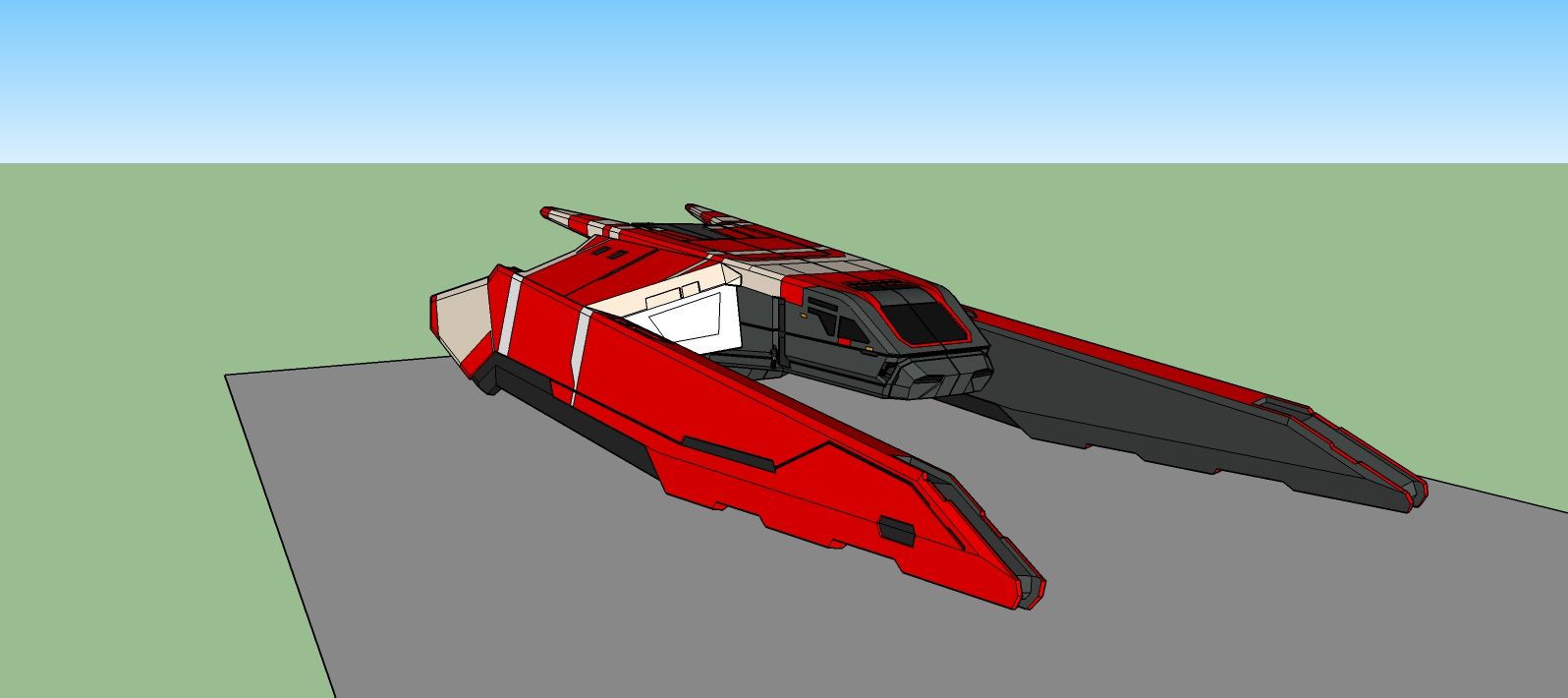
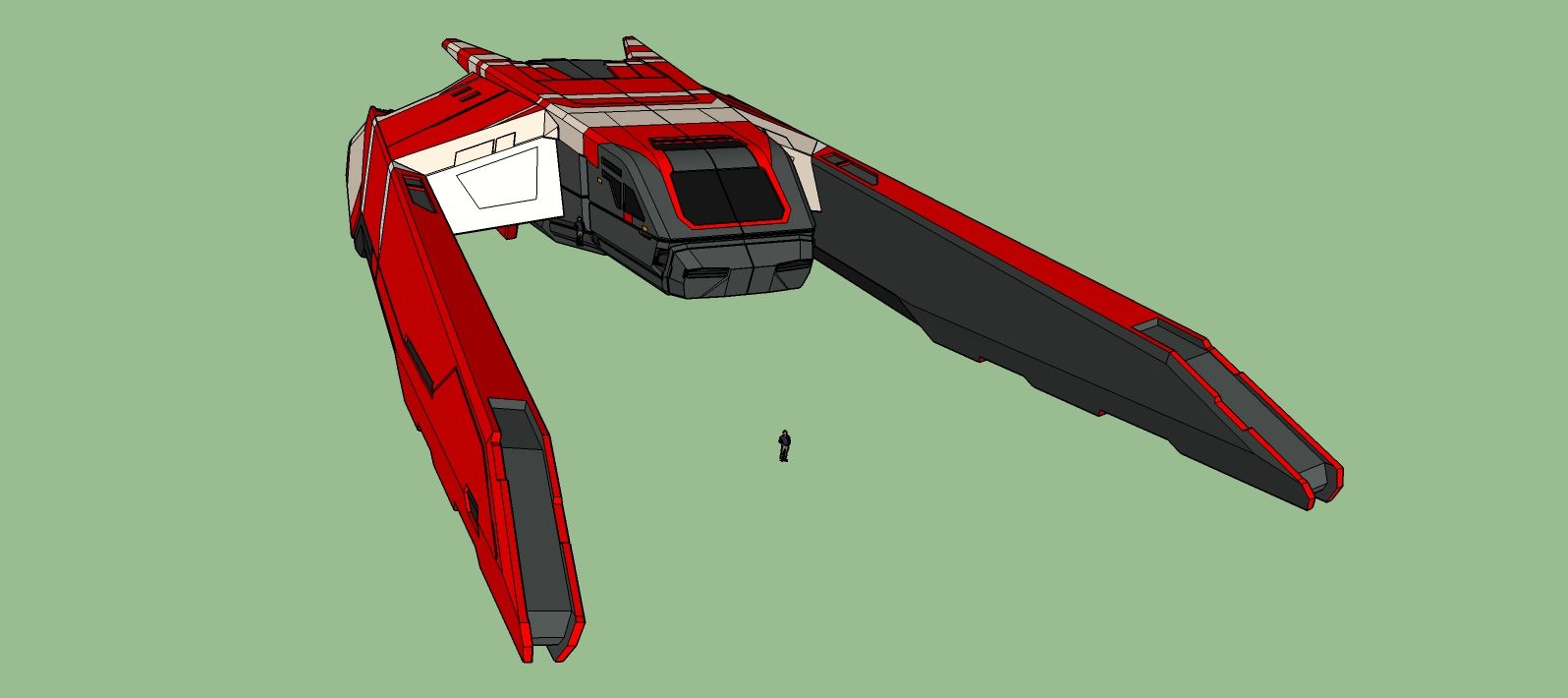
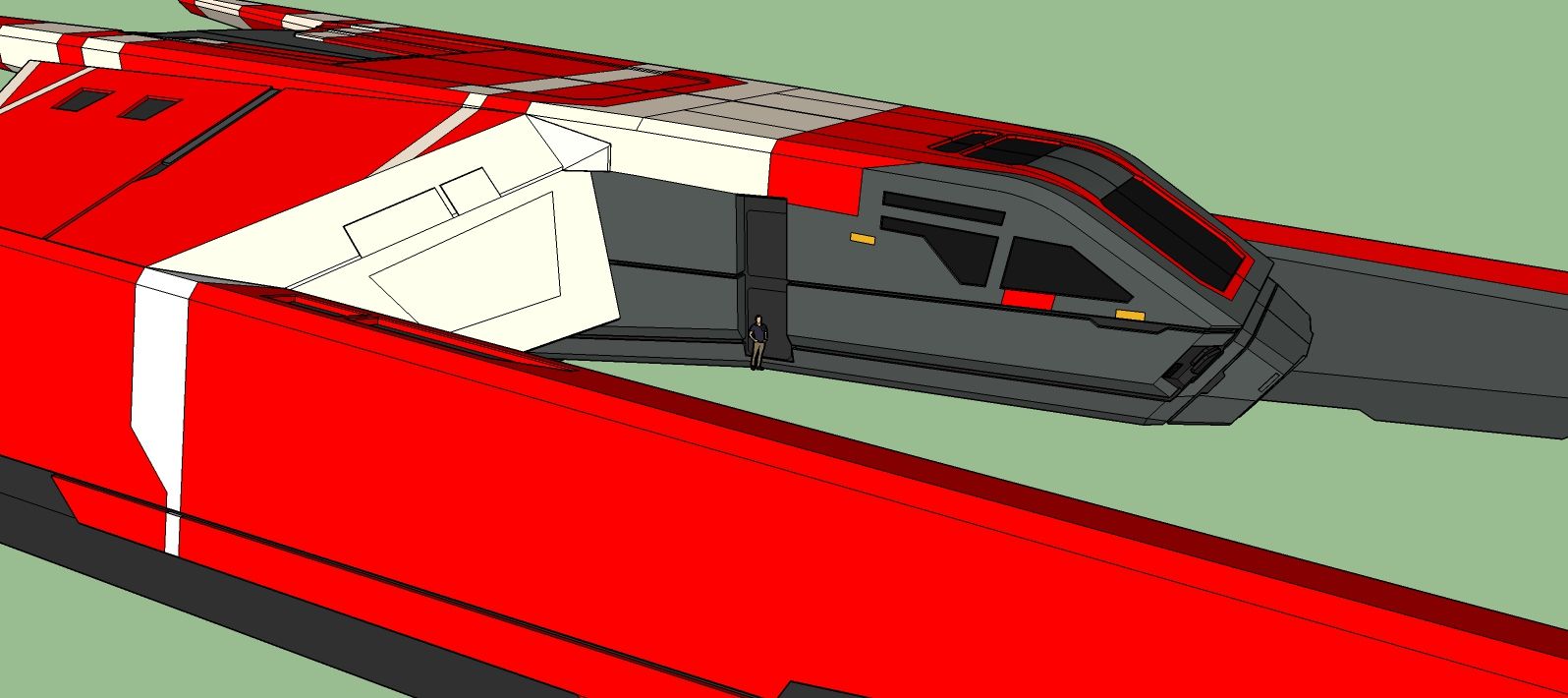
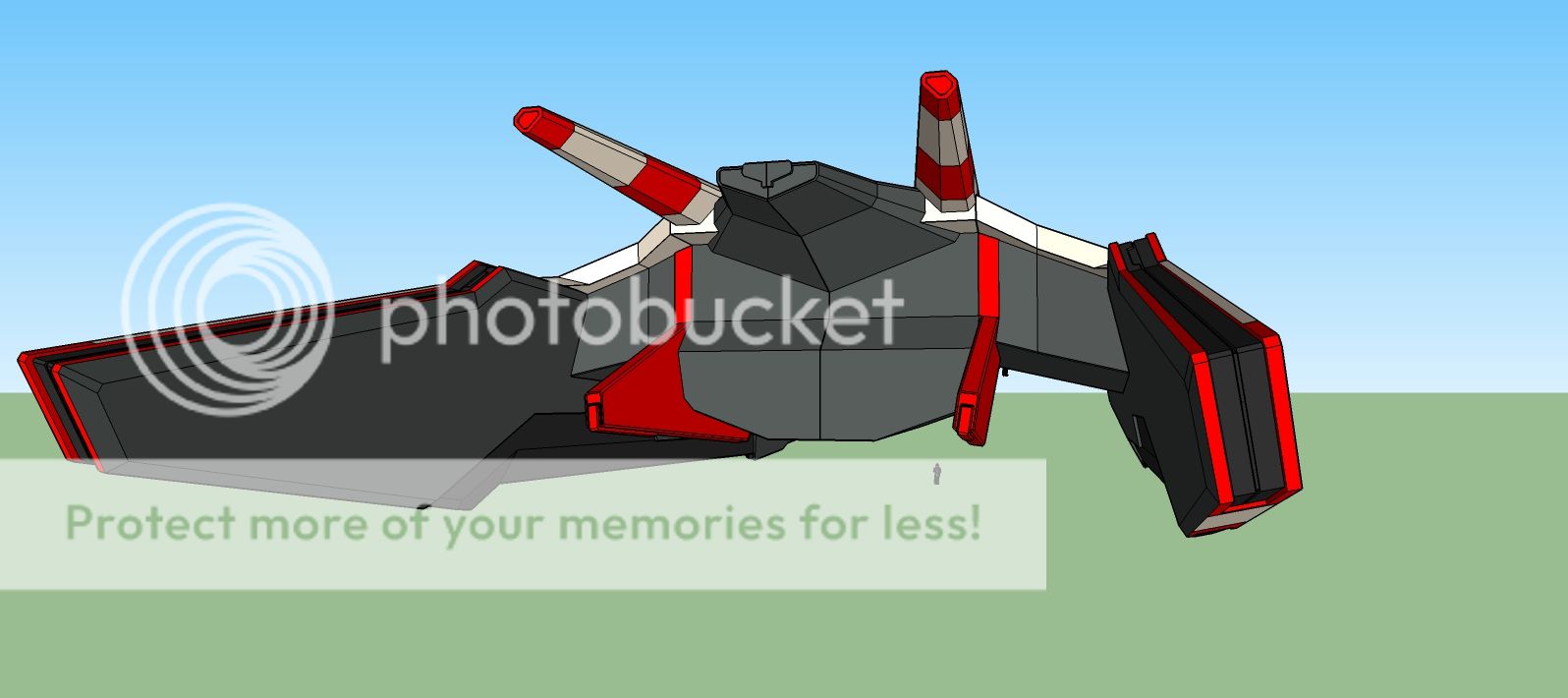





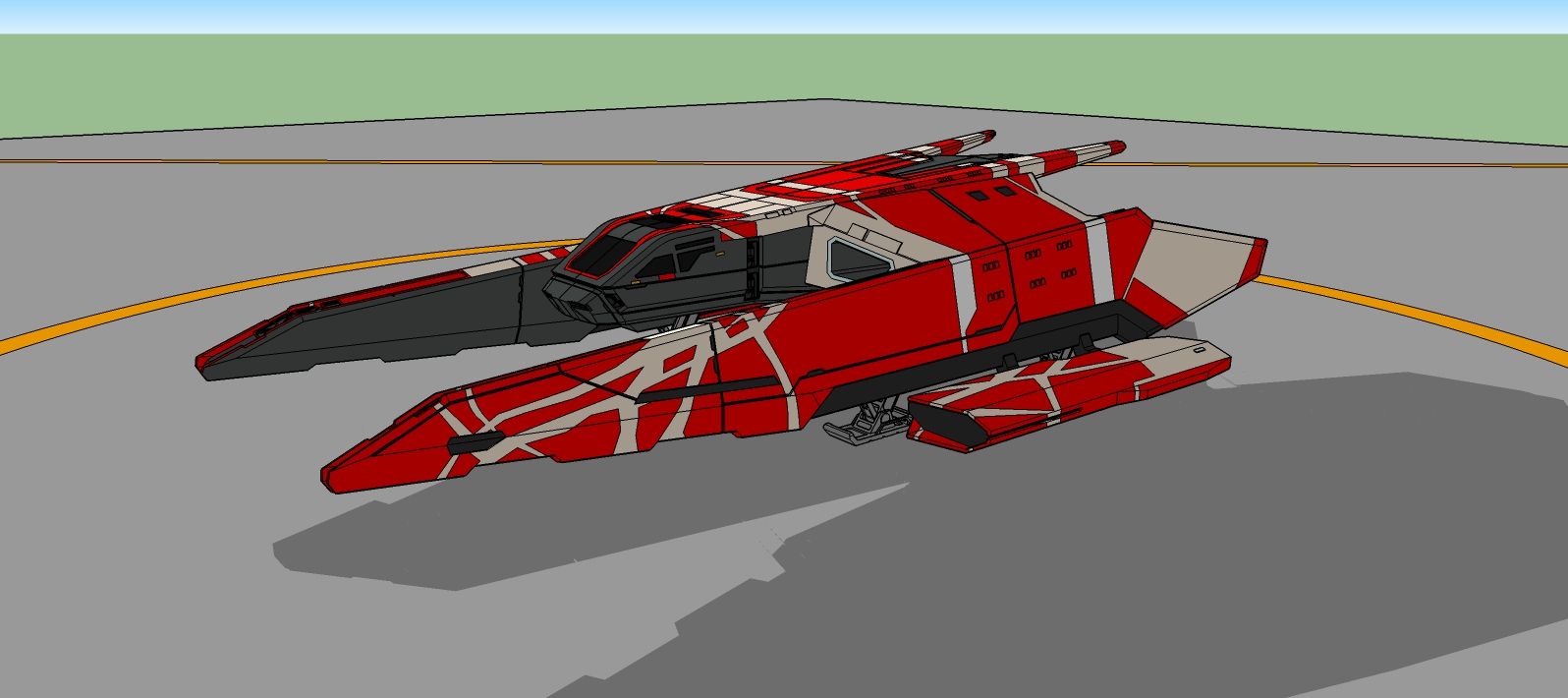
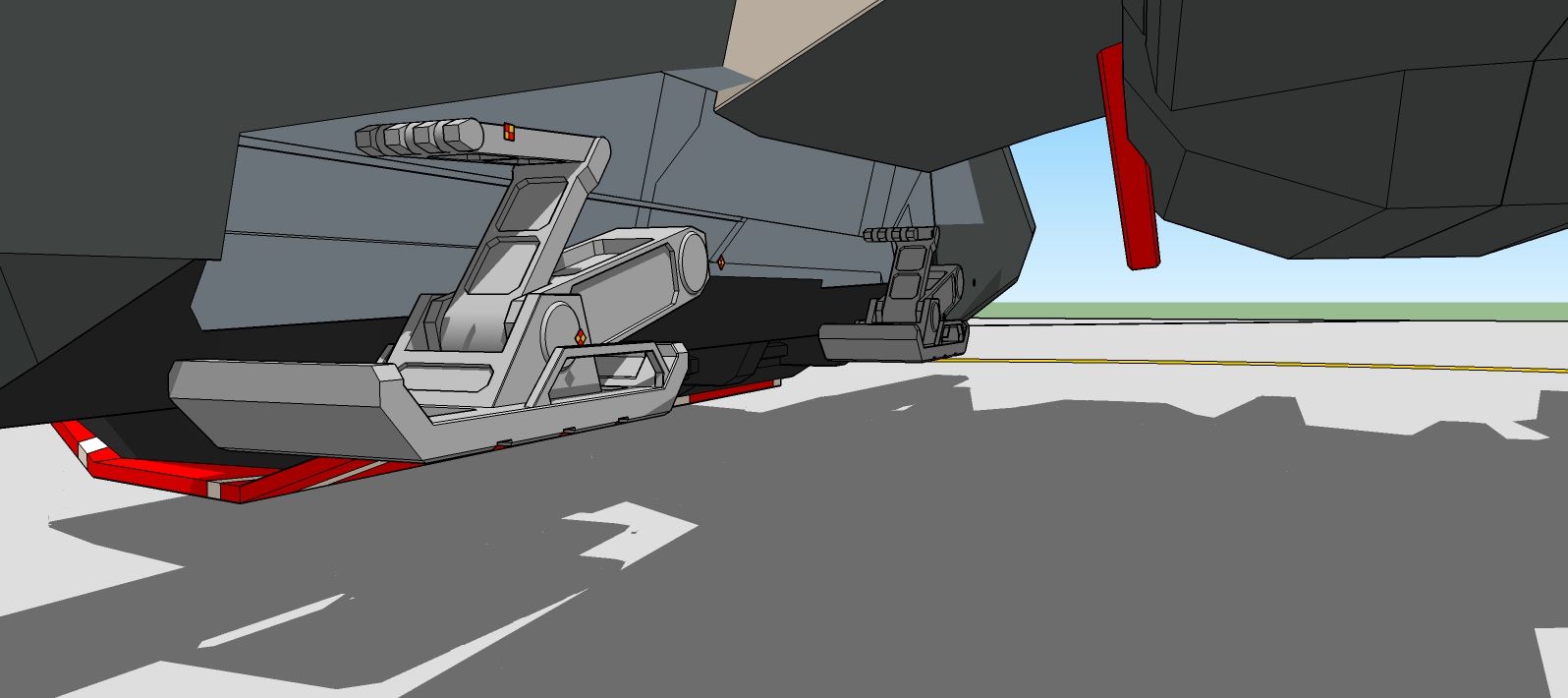
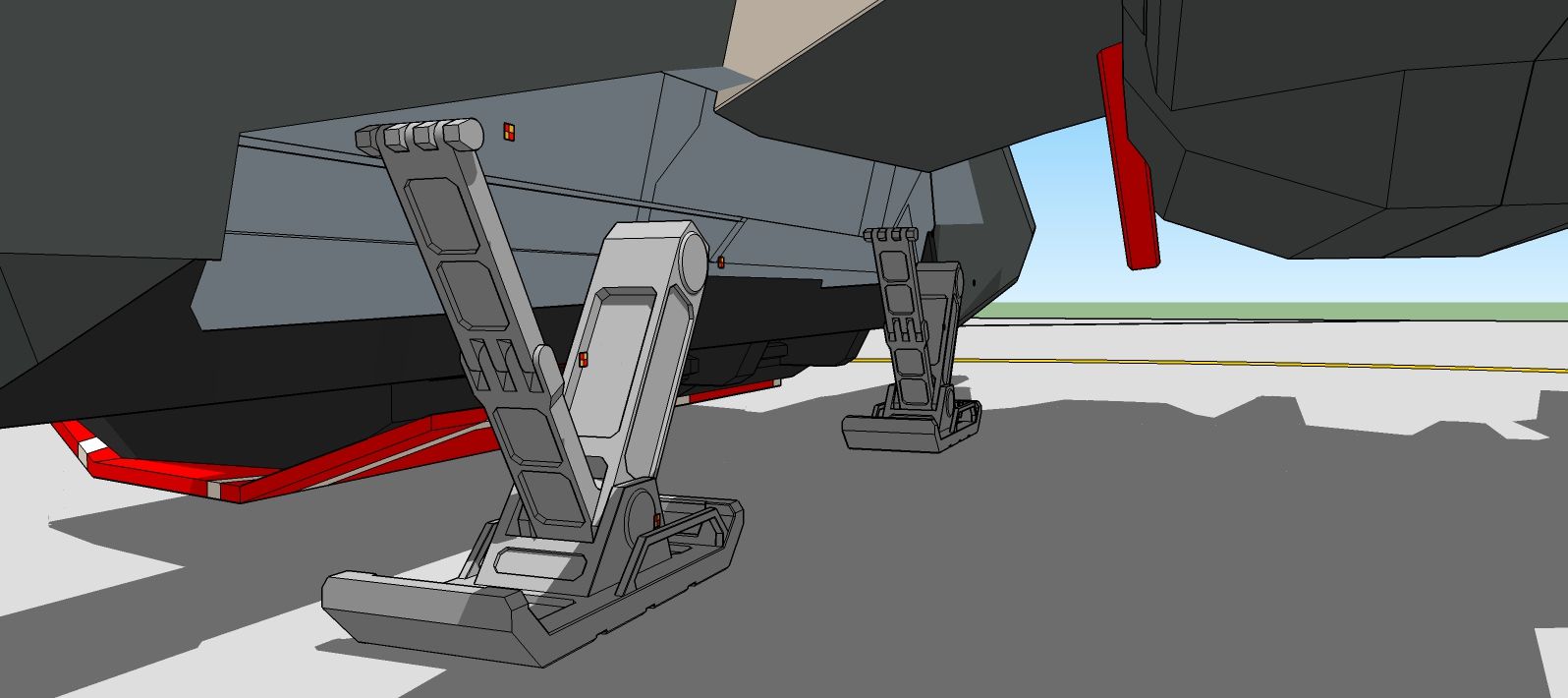
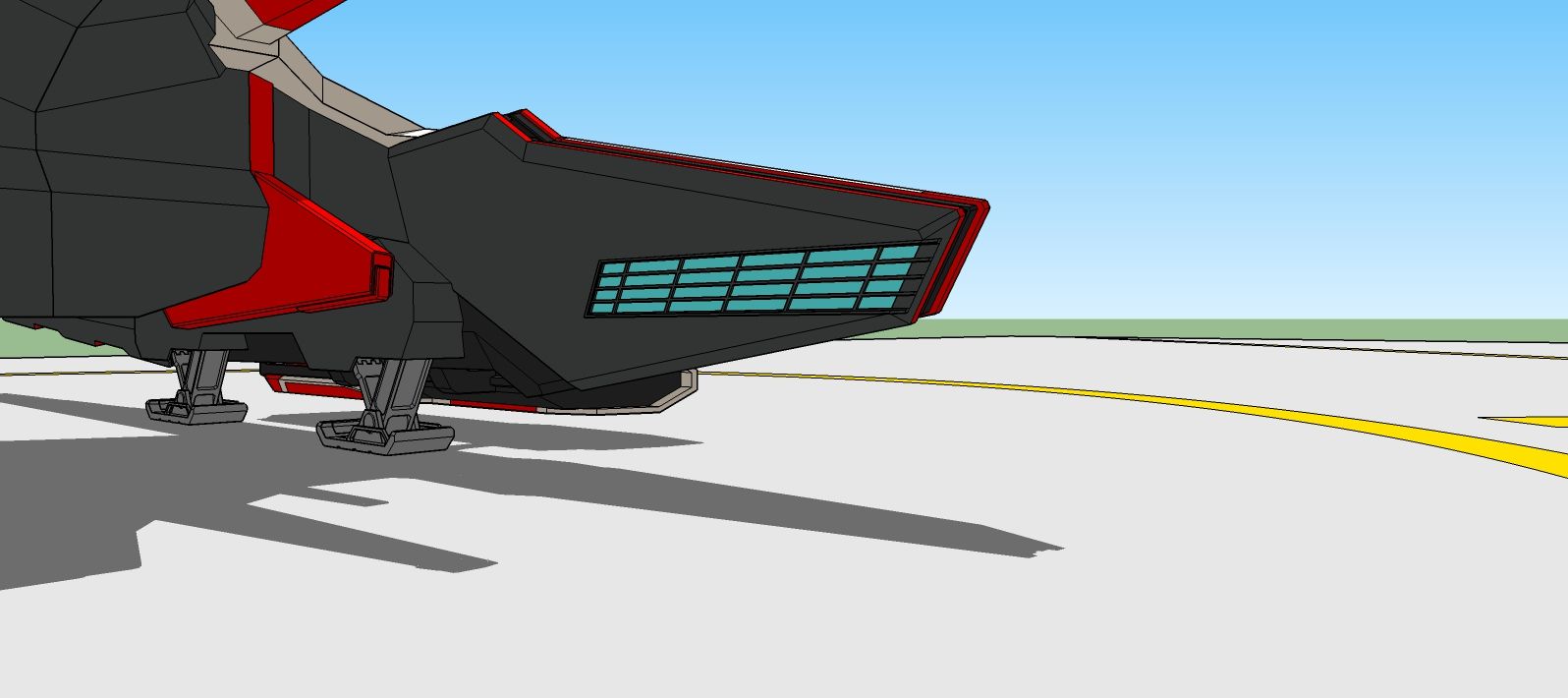

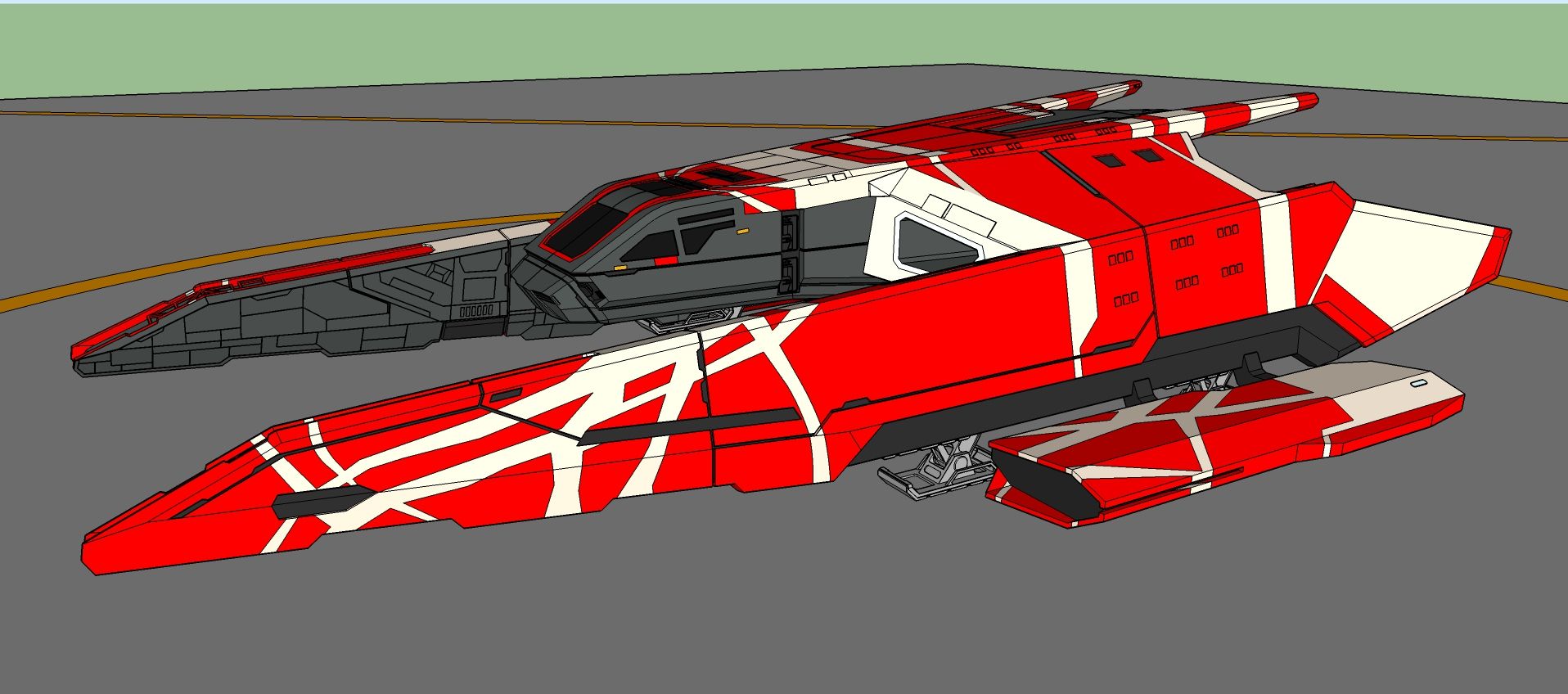

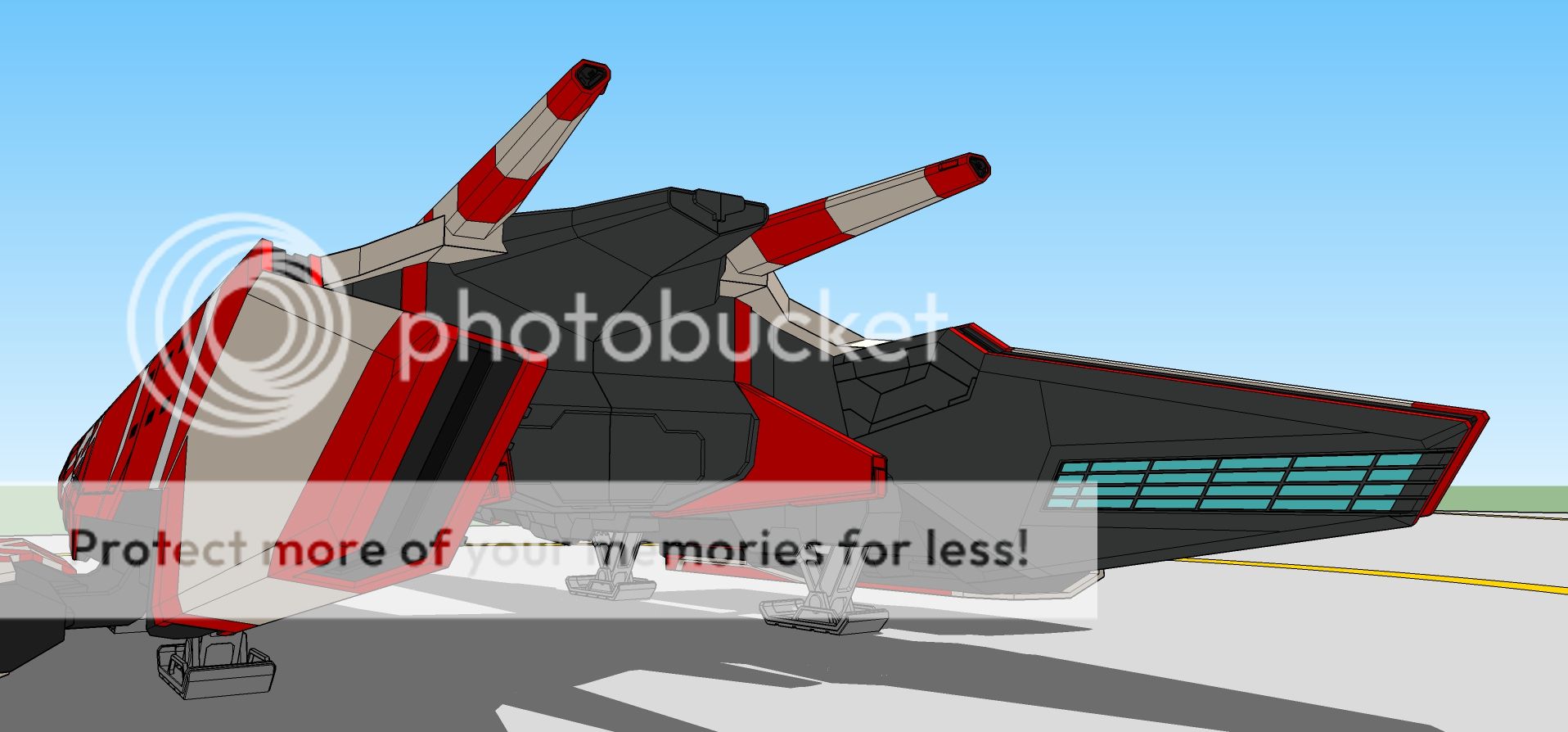
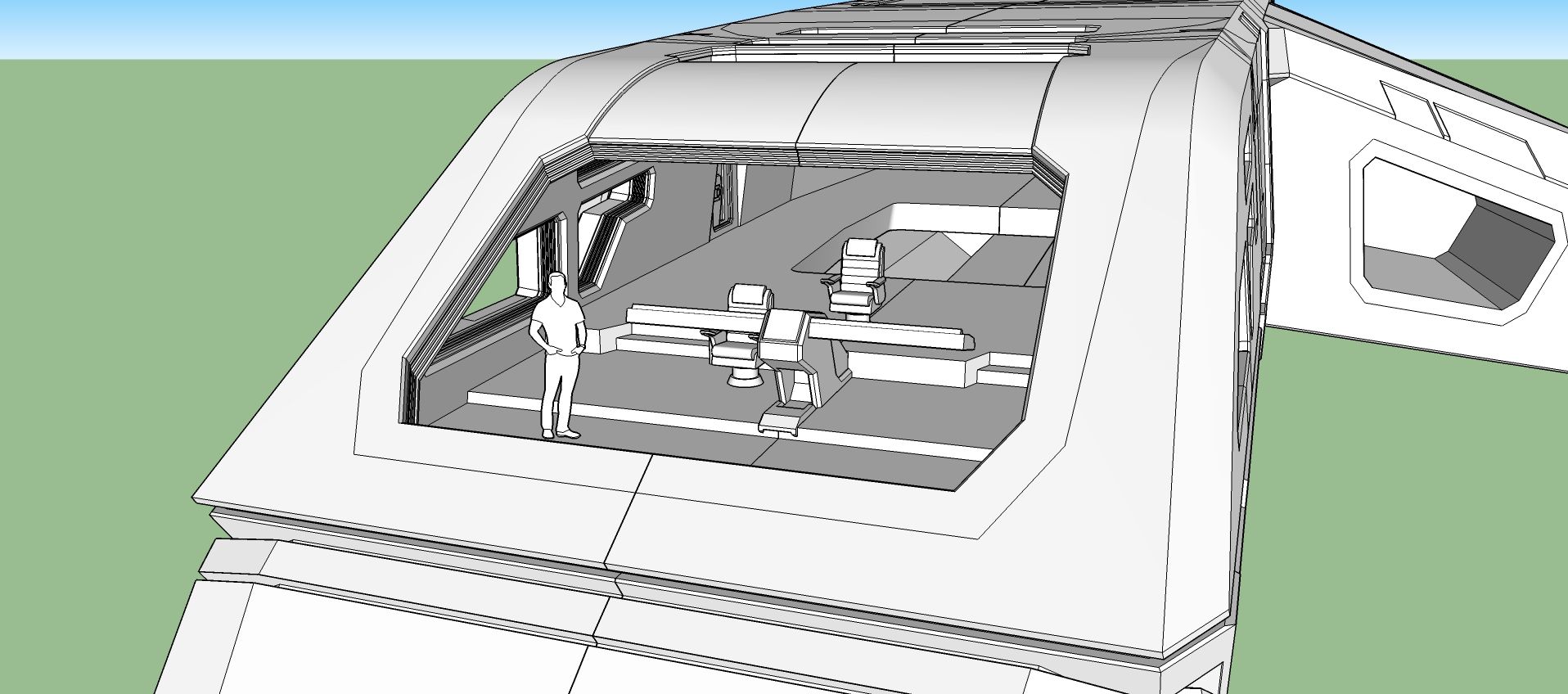


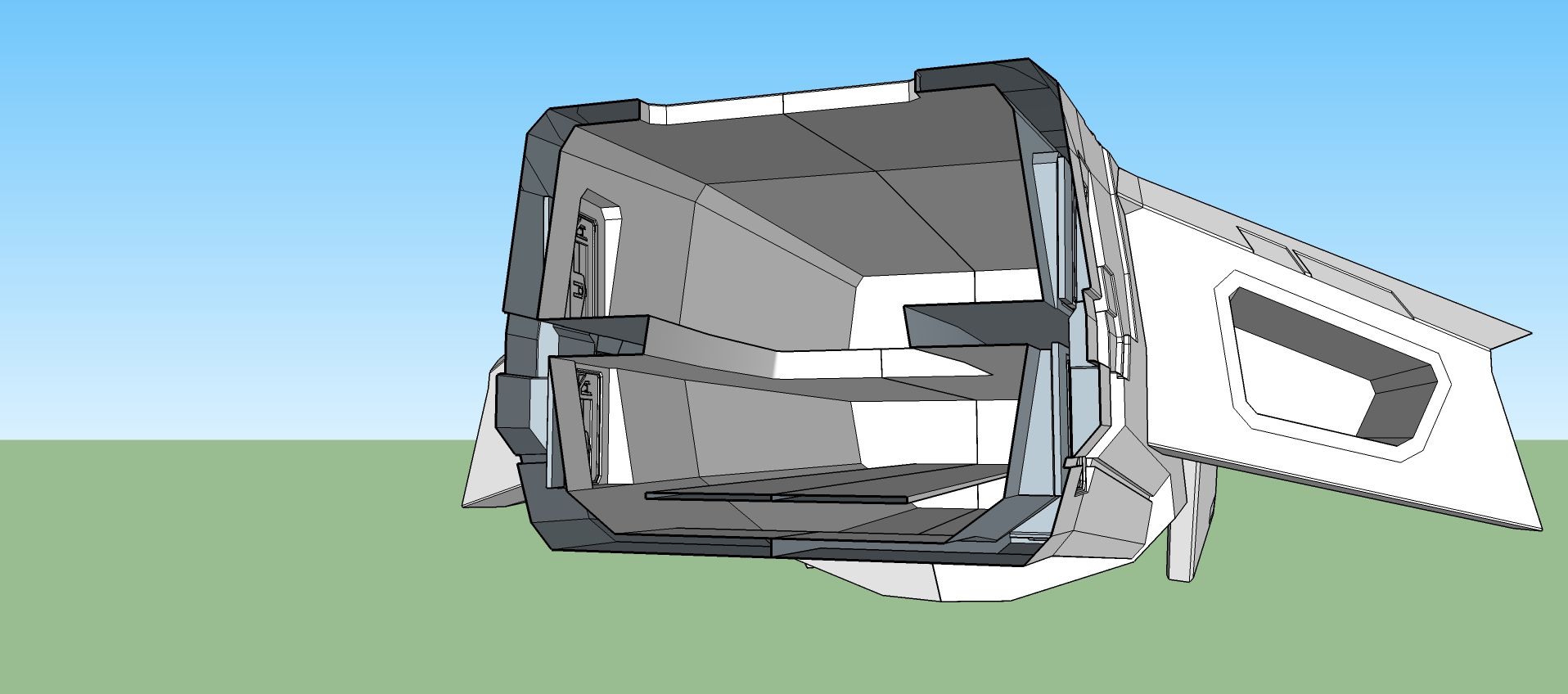

.jpg)
.jpg)
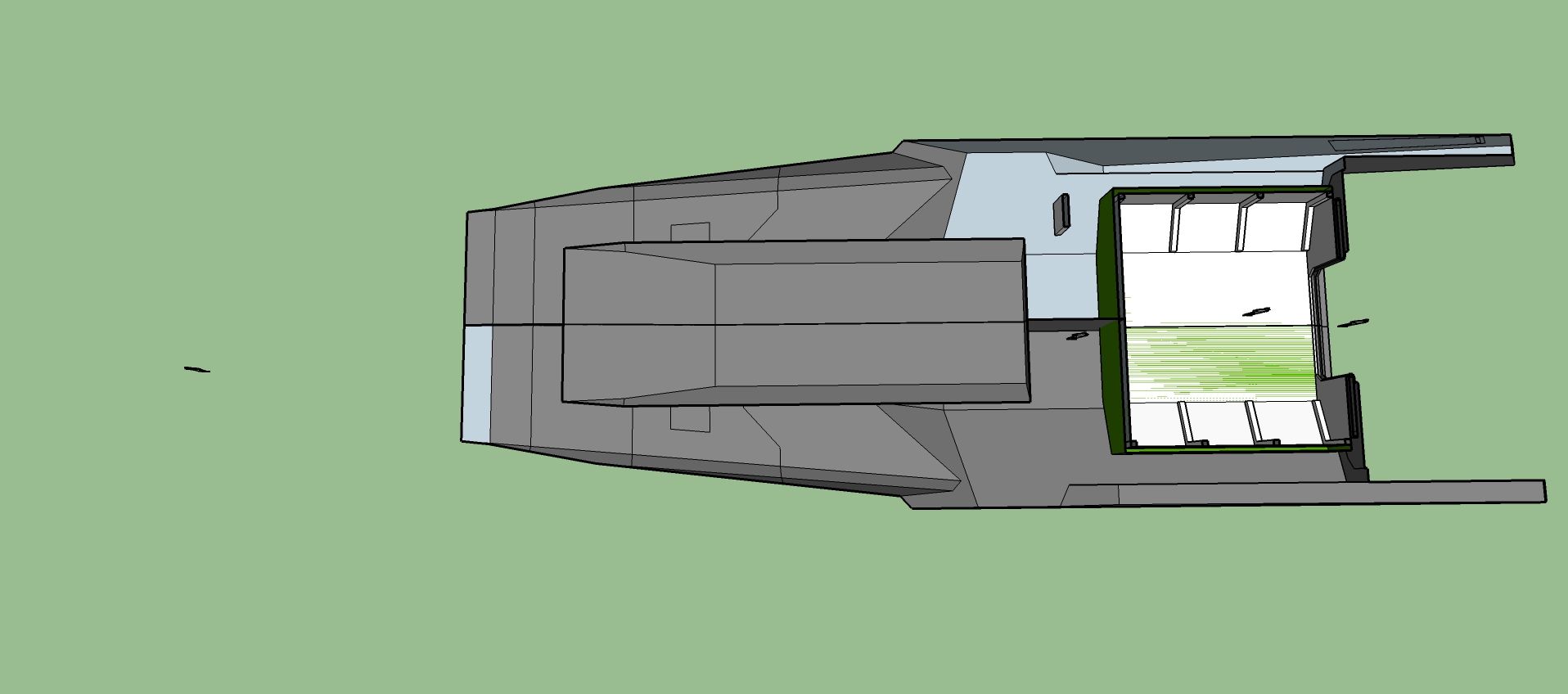
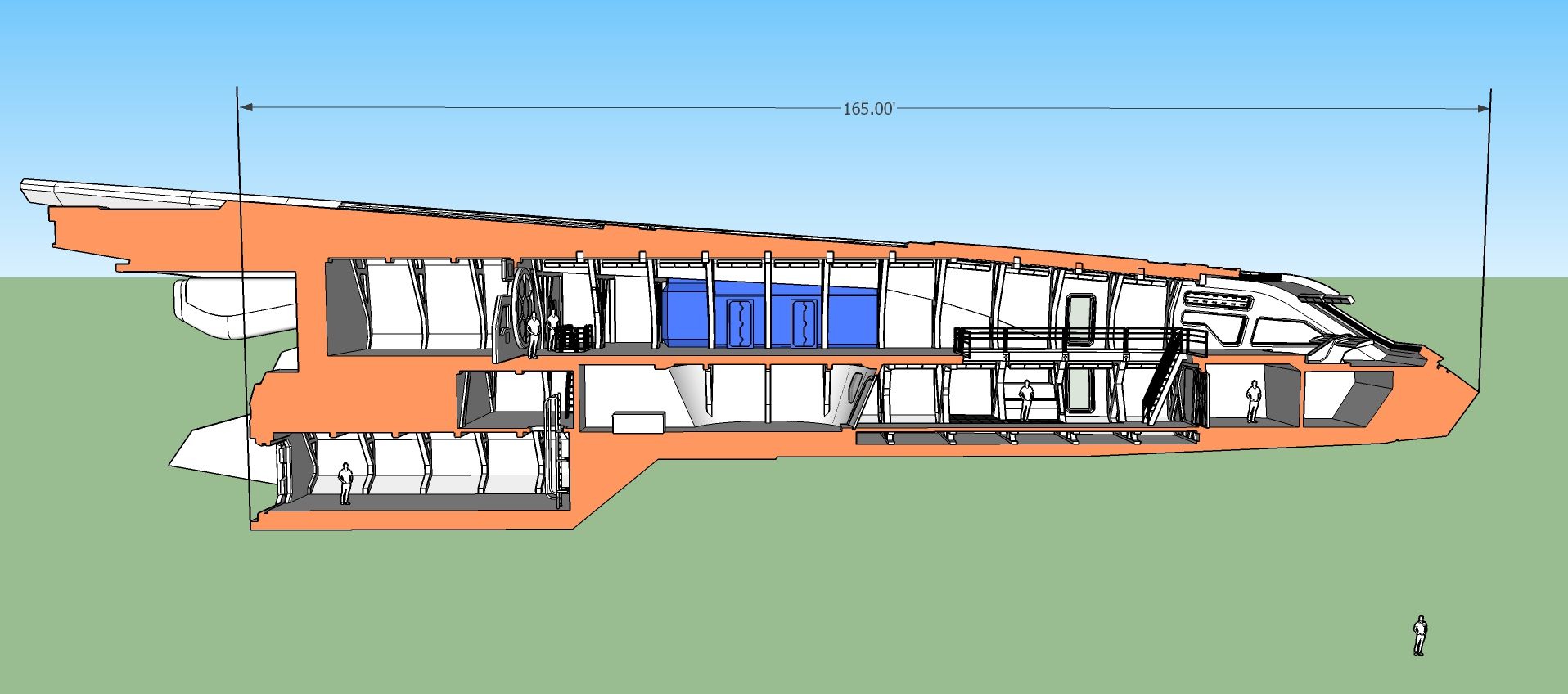
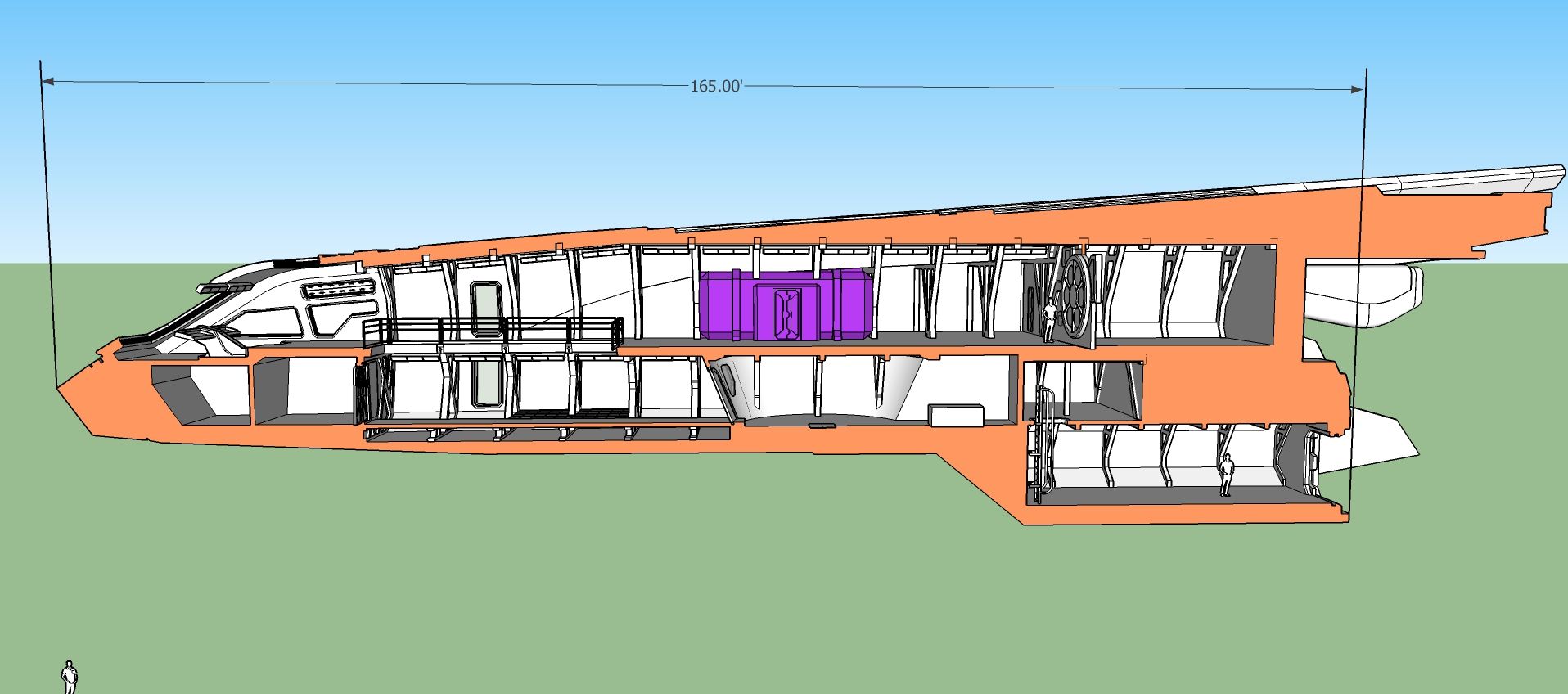
.jpg)
.jpg)

.jpg)
